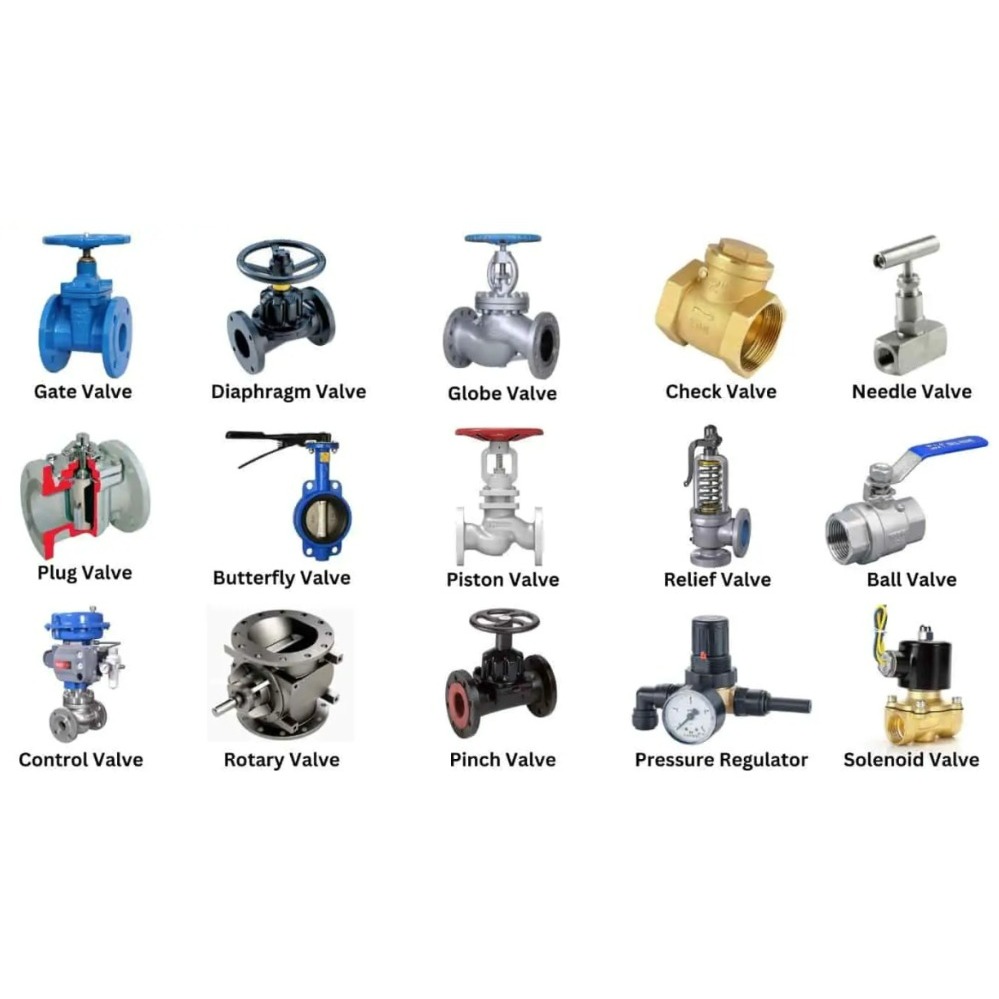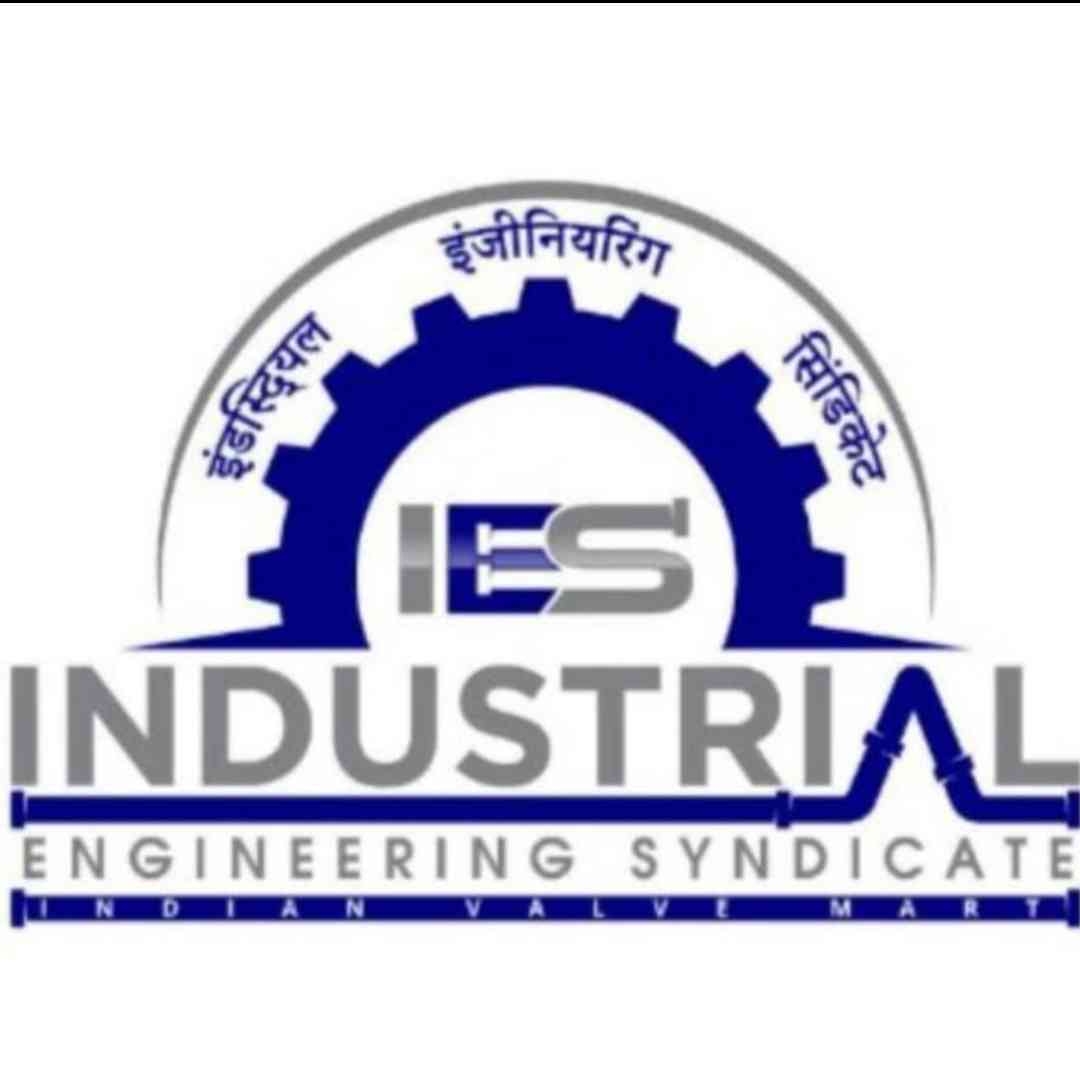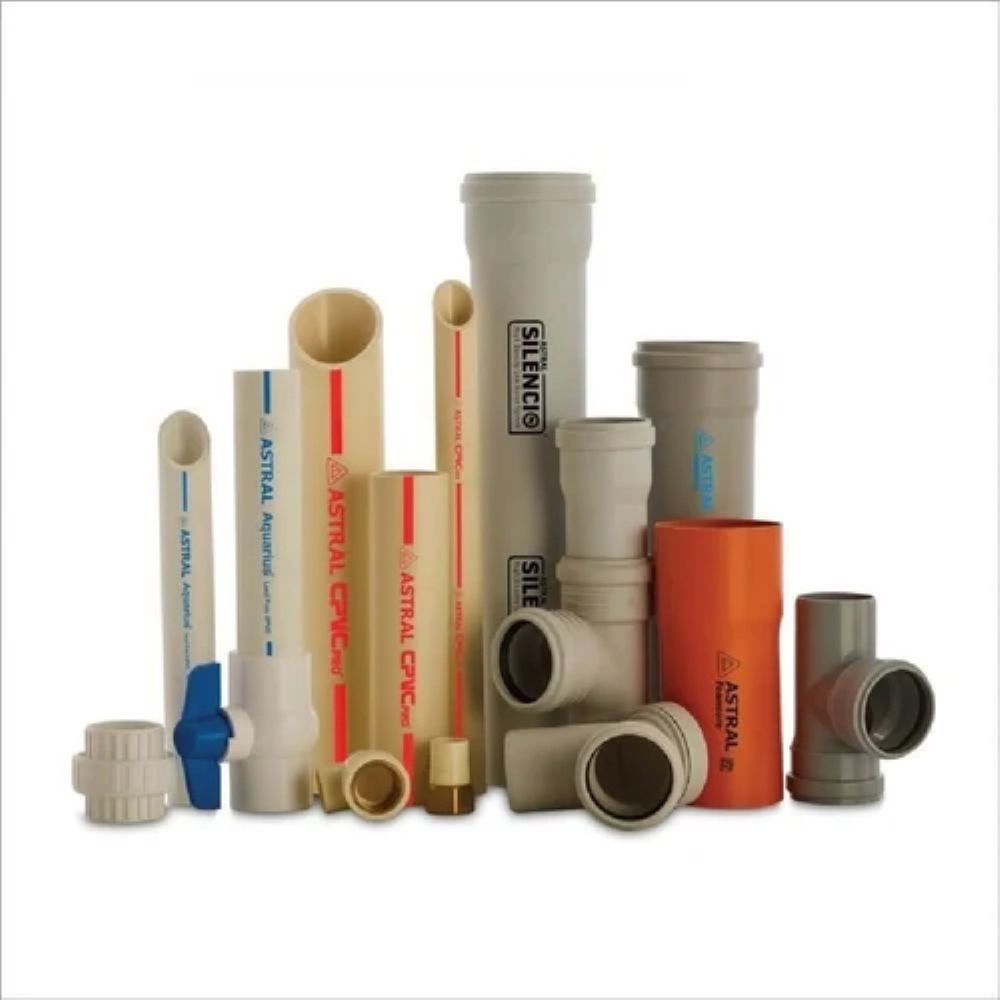
Check Valve Dealer
A check valve, also known as a one-way valve or non-return valve, is a crucial component in fluid systems designed to prevent backflow and ensure unidirectional flow. Its primary function is to allow fluid to flow in one direction while automatically blocking flow in the opposite direction, thus protecting pumps, compressors, and other equipment from damage caused by reverse flow.
The core design of a check valve includes a valve body, a disc or flap (which acts as the check mechanism), and a seat. The valve operates based on fluid pressure. When the fluid flows in the intended direction, it pushes the disc or flap away from the seat, allowing the fluid to pass through. When the flow reverses or ceases, the disc or flap moves back towards the seat, closing off the passage and preventing backflow.
Check valves come in various designs, including swing check valves, lift check valves, and ball check valves. Swing check valves use a hinged disc that swings open or closed, while lift check valves use a disc that moves vertically. Ball check valves utilize a ball that moves to block or allow flow. Each type is suited to different applications based on factors such as pressure, flow rate, and installation orientation.
One of the main advantages of check valves is their ability to prevent damage and maintain system efficiency by stopping reverse flow. They are widely used in applications such as water and wastewater systems, oil and gas pipelines, and HVAC systems.
However, check valves do have limitations. They can introduce pressure drops and, in some designs, may be susceptible to wear or debris that could affect their performance. Regular inspection and maintenance are essential to ensure that the valve is functioning correctly and to address any issues that might affect its reliability.
Proper installation and maintenance of check valves are crucial to ensure their effective performance and longevity in fluid systems.
Keywords
flow rate
valve body
hinged disc
core design
reverse flow
HVAC systems
fluid systems
one-way valve
gas pipelines
one direction
fluid pressure
pressure drops
various designs
main advantages
other equipment
check mechanism
non-return valve
primary function
system efficiency
crucial component
ball check valves
Regular inspection
wastewater systems
intended direction
opposite direction
Check Valve Dealer
swing check valves
unidirectional flow
Proper installation
effective performance
different applications
installation orientation




